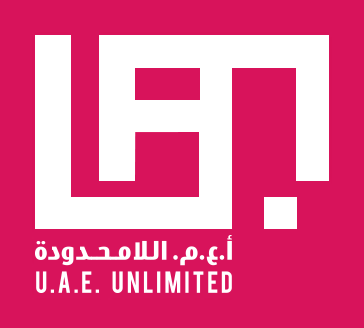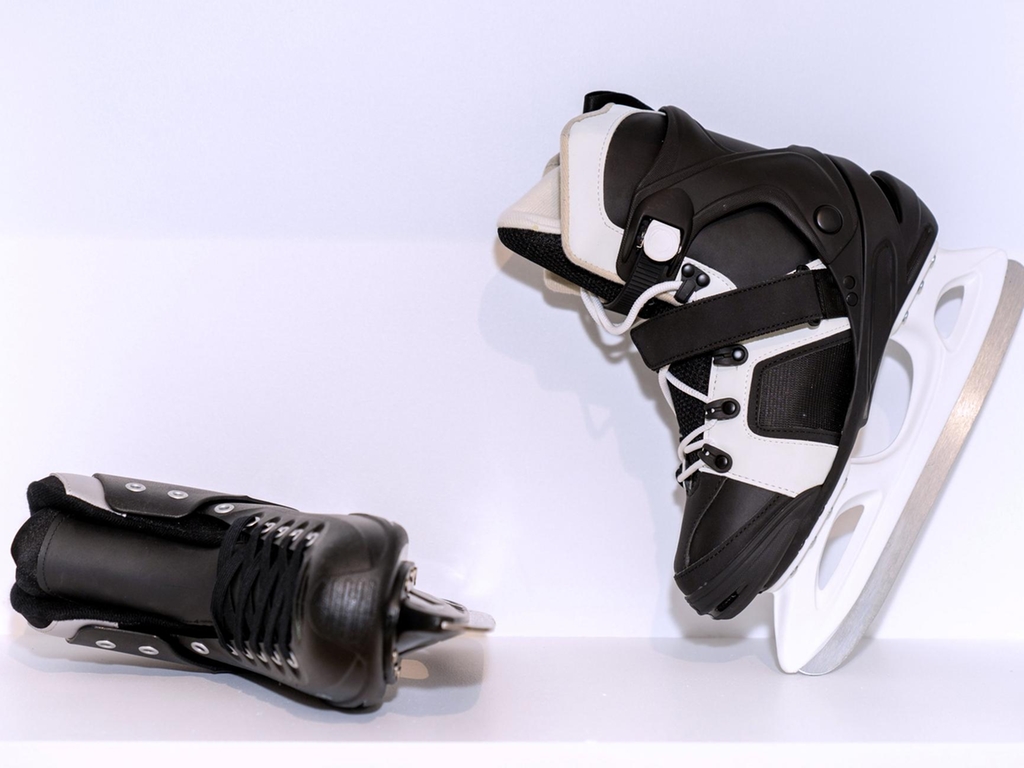How do we define ourselves? Are we our political, social or geographical associations? And what happens when these change? These are the questions raised in UAE Unlimited’s latest exhibition Intimaa: Belonging, which features newly commissioned works from emerging artists in the emirates.
Curated by Nasser Abdullah, the show presents the works of artists Saeed Al Madani and Sarah Al Mehairi, both from the UAE, as well French-Algerian Sofiane Si Merabet and Syrian Majd Alloush.
The topic of identity is particularly pertinent in the UAE, a place that has witnessed vast economic and social changes in a short period of time and where various cultures are in constant contact. But it is also a topic that artists and writers have repeatedly explored over the years.
The challenge, for both curators and artists, was to add something novel to the conversation. “I tried to push the question of identity to the artists in another way,” says Abdullah. “Just to realise it from the point of view of the younger generation that has lived through globalisation … identity is not a hidden message in the artwork. It is interesting to compare how the artists are responding to it based on their own personal experiences.”
For Alloush, the political is personal. His project Liminal Margin reflects on how government decisions affect a person’s growth. Born in the UAE, the artist has spent his life living between the US and Syria, but the outbreak of war in his native country has made it difficult for him to travel abroad for studies, artist residencies or exhibitions.
“Identity should be something flexible,” he says. “It keeps on changing. When you get restrictions like that, it does not allow you to expand and change as an individual. It just puts you in this box.”
As an artistic response to his situation, Alloush etched words from a visa rejection letter on to a copper sheet, which he split into 10 pieces and sent to people across the world. “I wanted to create an extension of myself with no boundaries and no restrictions, since I don’t have the freedom to move around and travel,” he says.
A highly reactive material, copper easily alters in colour and texture when handled by people. When the plates were eventually returned to the artist, their new patina offered a glimpse into the environment they were in. Alloush pairs each piece with photographs and items from the recipient, presenting an imaginary narrative of an existence elsewhere.
Si Merabet takes a more sociological approach, drawing from French sociologist Pierre Bourdieu’s concept of cultural capital, which refers to the set of prized assets in a society that enables social mobility. Si Merabet relates this to his personal experience as a second-generation French national with migrant parents. “I wanted to show that even though you can be from a respectable and knowledgeable background, once you migrate to another country, you lose this cultural capital,” he says.
His work My Parents Have Never Been to the Ice Rink comprises a model ice rink with shelves of ice skates and North African slippers, and a video work that shows the artist struggling to skate as his Algerian alter-ego, denoted by his traditional garb, tauntingly circles him. While the installation is superfluous, the absurdist video conveys his ideas in a clever way.
Curated by Nasser Abdullah, the show presents the works of artists Saeed Al Madani and Sarah Al Mehairi, both from the UAE, as well French-Algerian Sofiane Si Merabet and Syrian Majd Alloush.
The topic of identity is particularly pertinent in the UAE, a place that has witnessed vast economic and social changes in a short period of time and where various cultures are in constant contact. But it is also a topic that artists and writers have repeatedly explored over the years.
The challenge, for both curators and artists, was to add something novel to the conversation. “I tried to push the question of identity to the artists in another way,” says Abdullah. “Just to realise it from the point of view of the younger generation that has lived through globalisation … identity is not a hidden message in the artwork. It is interesting to compare how the artists are responding to it based on their own personal experiences.”
For Alloush, the political is personal. His project Liminal Margin reflects on how government decisions affect a person’s growth. Born in the UAE, the artist has spent his life living between the US and Syria, but the outbreak of war in his native country has made it difficult for him to travel abroad for studies, artist residencies or exhibitions.
“Identity should be something flexible,” he says. “It keeps on changing. When you get restrictions like that, it does not allow you to expand and change as an individual. It just puts you in this box.”
As an artistic response to his situation, Alloush etched words from a visa rejection letter on to a copper sheet, which he split into 10 pieces and sent to people across the world. “I wanted to create an extension of myself with no boundaries and no restrictions, since I don’t have the freedom to move around and travel,” he says.
A highly reactive material, copper easily alters in colour and texture when handled by people. When the plates were eventually returned to the artist, their new patina offered a glimpse into the environment they were in. Alloush pairs each piece with photographs and items from the recipient, presenting an imaginary narrative of an existence elsewhere.
Si Merabet takes a more sociological approach, drawing from French sociologist Pierre Bourdieu’s concept of cultural capital, which refers to the set of prized assets in a society that enables social mobility. Si Merabet relates this to his personal experience as a second-generation French national with migrant parents. “I wanted to show that even though you can be from a respectable and knowledgeable background, once you migrate to another country, you lose this cultural capital,” he says.
His work My Parents Have Never Been to the Ice Rink comprises a model ice rink with shelves of ice skates and North African slippers, and a video work that shows the artist struggling to skate as his Algerian alter-ego, denoted by his traditional garb, tauntingly circles him. While the installation is superfluous, the absurdist video conveys his ideas in a clever way.


